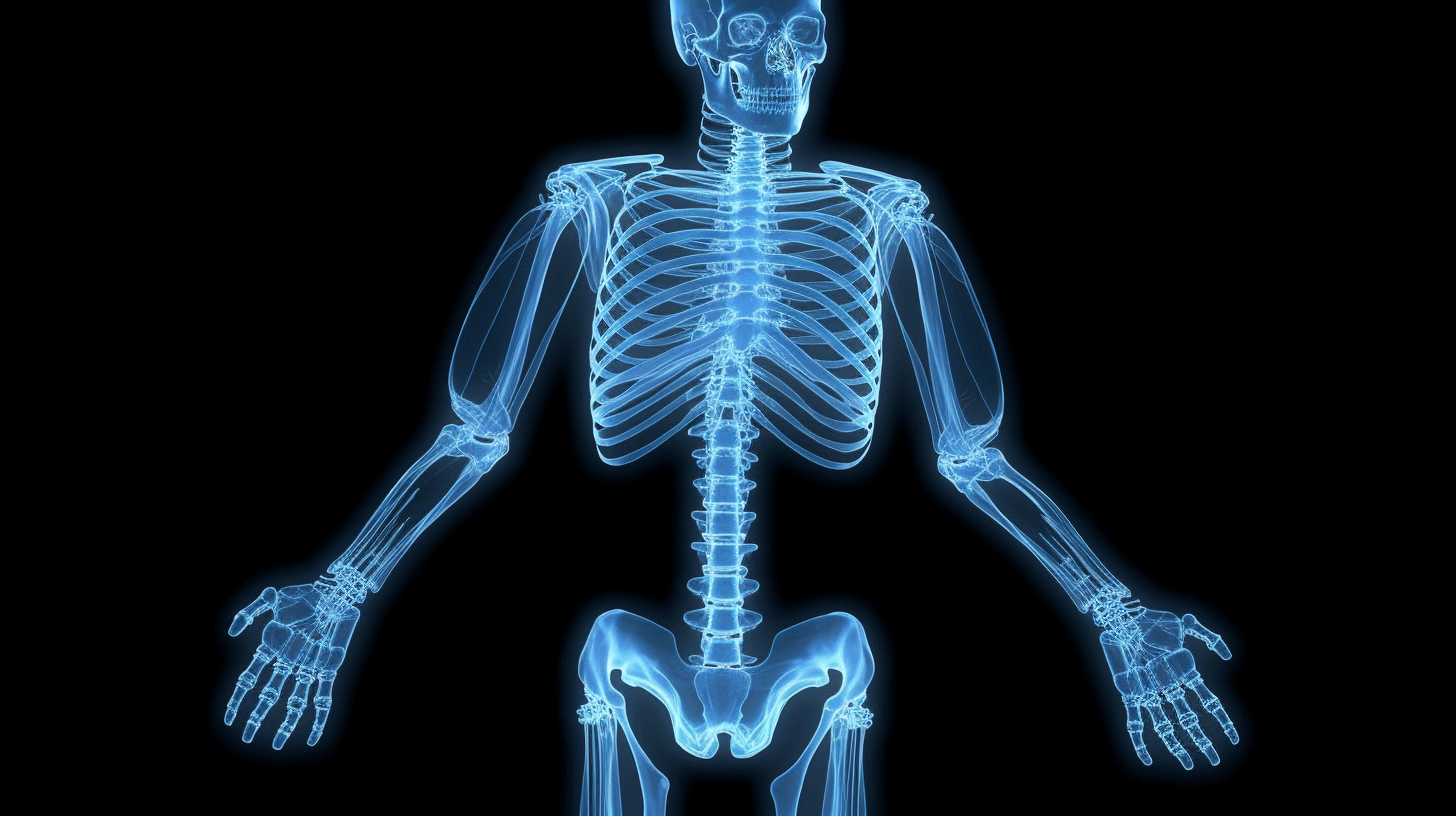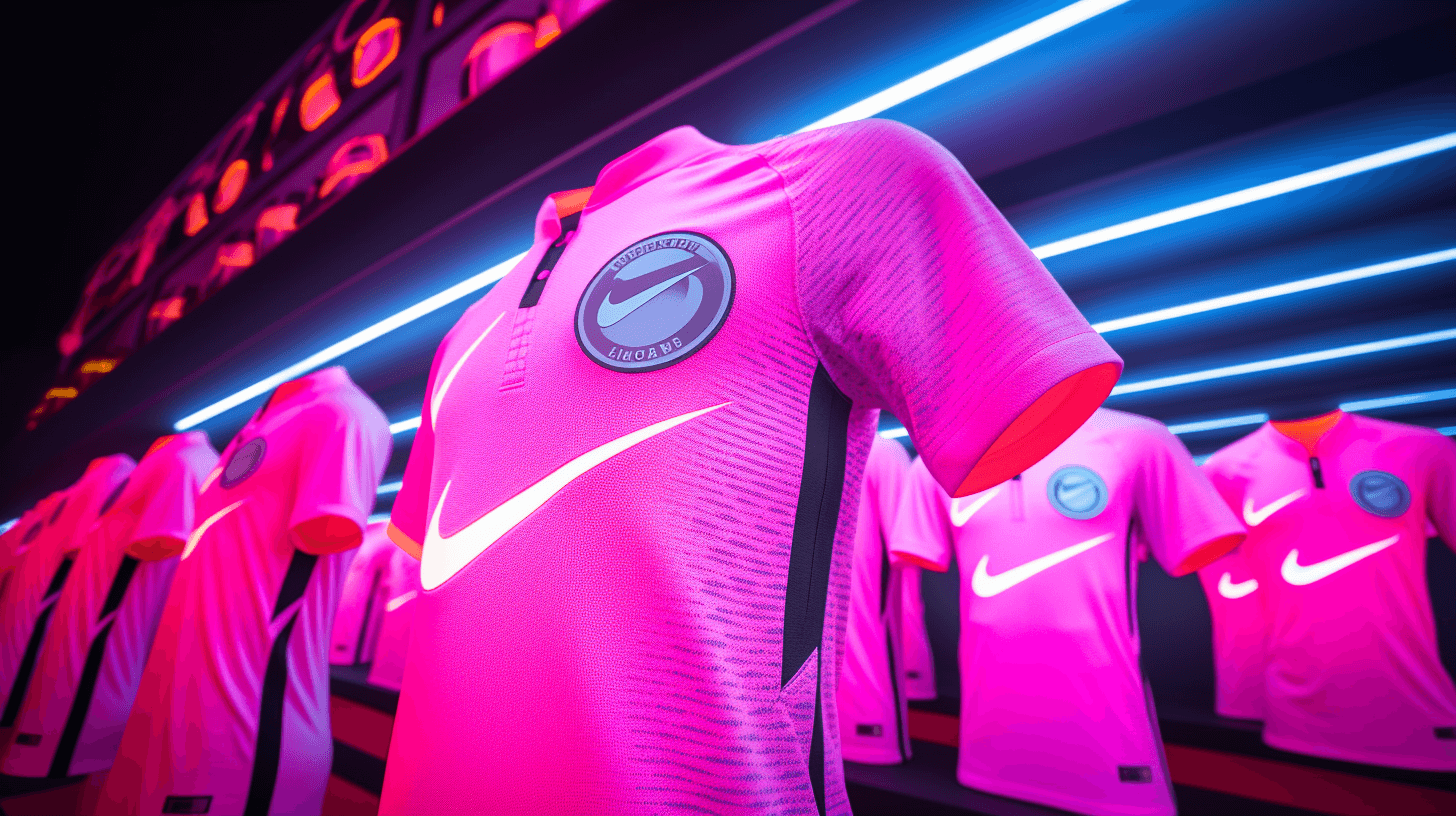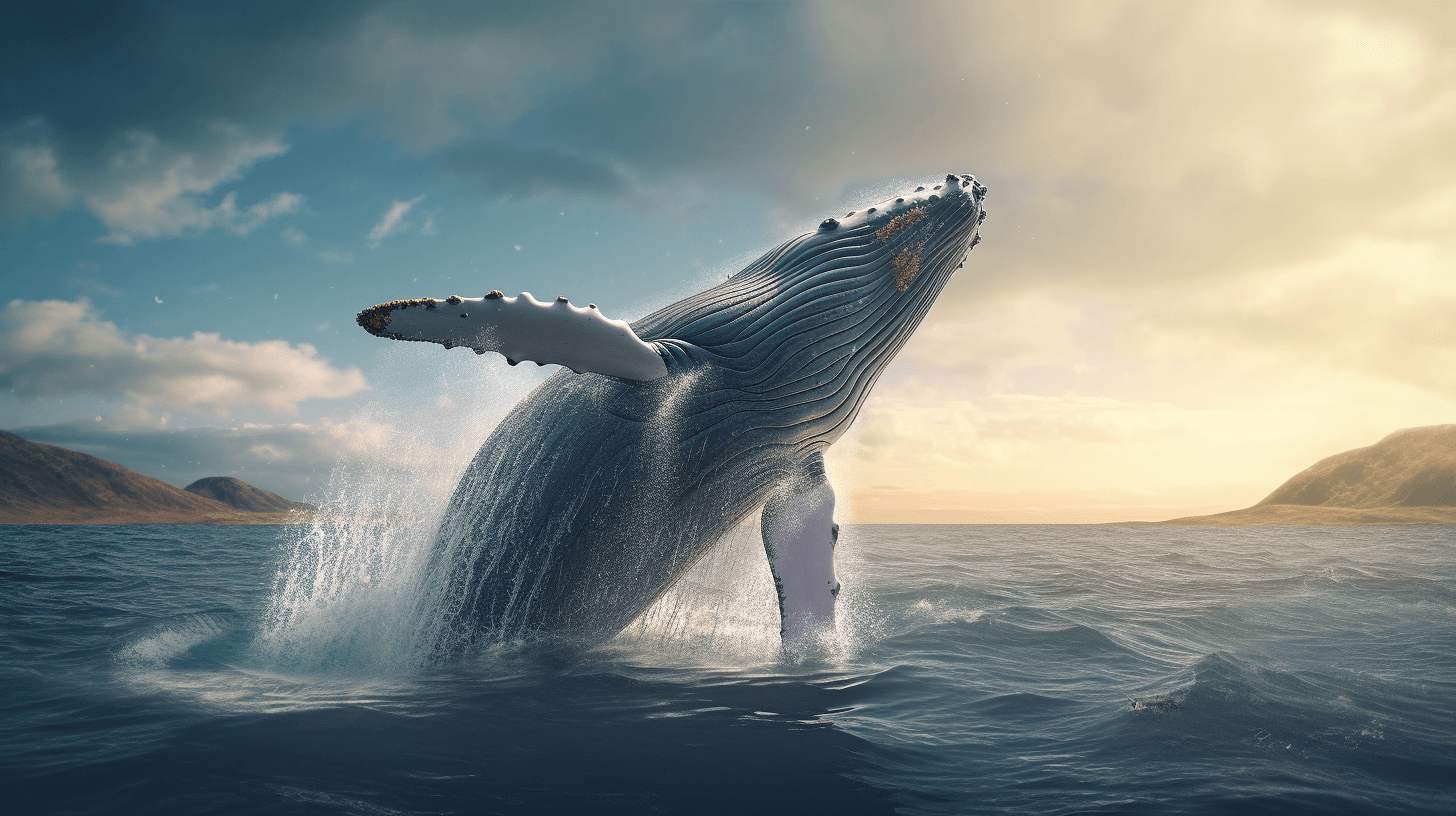🔍 X-Ray Vision, Get Um! 🦴🔍 Chahnjum Lif foa Fossil Get Squish Pau Time 🐉🦴
Eh, pau waitah, da scientists went get da skinny on one kine ichthyosaur dat wen come down to one mess of bones dat stay flat like one pancake. 🧪🦴🔬
So, da time dey stay ‘splorin’ dis Arctic mountaintop back in 2008, da paleontologists wen come across one small skeleton dat look like one coiled sea serpent dat stay all ‘pau’ inside one rock dat stay 240 million years old. Eh, da skeleton, dey wen give ’em da name Oda, was den put inside da collection of da University of Oslo’s Natural History Museum. 🏔️🐉🏞️
No doubt, dey know Oda stay one ichthyosaur. But da real question, nobody knew if dis one stay one species dat anybody already know, you know? Dese marine reptiles stay all mix ’em up, like one crocodile and one dolphin. And da ting, most of Oda’s bones, dey stay all squished and flattened from stayin’ all dis time unda da dirty ocean floor. 🤔🐊🐬
Fo figgah out da reptile, da paleontologists wen stick ’em unda one X-ray machine fo try put da pieces togetha and solve dis fossil puzzle. Dey wen publish one paper on Wednesday inside da journal PLoS One, and dey wen describe all da details dey wen find from da eerie glow of Oda’s X-rayed bones. 📜🦴🔍
“Dis bones, dey all lit up like day time,” Neil Kelley, one paleontologist from Vanderbilt University dat stay studyin’ marine reptiles, he wen say. “Ho, I tell you, I jealous — das da result you like get when you put someting in one X-ray!” 😲💡🦴
An’ den, he wen add dat dis discovery show how dis technique can open up new possibilities fo dem mystery fossils dat wen get all flattened from da long time gone by. 🔬🌟🧩
Dis strange skeleton, dey wen find ’em on top one windy plateau on Edgeoya island inside Svalbard, you know, dis Arctic island chain dat stay north of Norway, where da reindeer and polar bears stay hangin’. But back in da middle of da Triassic Period, dis place stay underwater, part of da deep sea shelf next to da northern coast of da big supercontinent Pangea. An’ it was like one party zone fo all da marine reptiles. 🏝️🌊🦖
Dis one doctoral researcher named Victoria Sjoholt Engelschion, she stay workin’ inside da Natural History Museum in Oslo, and she wen come across some small pieces of bluish ichthyosaur bones wen she stay doin’ CT scans on top da fossilized clams from da area. One friend wen tell her fo scan Oda, maybe can find some clues fo identify um. 👩🔬🦴🔬
So, fo mo’ den one century, da paleontologists, dey had fo go crack open da fossils fo try see da inside parts and da anatomy. But now, da scientists stay goin’ fo nondestructive methods like CT scanning fo make three-dimensional pictures of da fossils. But wit’ Oda, cause his bones stay stamped into da rock, Ms. Engelschion and her friends wen decide fo try da old school way and shoot X-rays through da fossil fo get two-dimensional images. 🧪🔬💡
Eh, dis wasn’t easy, tryin’ fo fit Oda, dat stay all curled up wit’ his spine bent, tail all crooked, and bones from his flippers and ribs scattered all ovah. 😬🔍🦴
“Us guys no mo’ machine fo make da big kine X-rays fo da big specimens, but lucky fo us, our friends inside da Cultural History Museum, dey had ’em,” Ms. Engelschion said. “Archaeologists stay use dis technique all da time.” 🏛️🔬🦴
So, when dey wen do da first scans, da bones from Oda’s fossil wen show up real good on da X-rays. Eh, dis was partly cause da stuff inside da bones wen get replaced by dis mineral called barite, da same kine mineral dey use nowadays fo make da contrast when dey do X-rays in medical exams. 💡🦴💢
“Da ichthyosaur’s bones no mo’ stay bones no mo’, so dat’s why dey stay light up,” Ms. Engelschion said. 💡🔍🦴
Cause da barite make da ichthyosaur’s bones light up bright, da team wen spot some details dat nobody nevah see befo’. Dey wen find out dat da skull like da one from one alligator, but stay longer den dey wen tink. Dey wen also pinpoint some bones from da limbs and da vertebrae dat nobody nevah see befo’. 🦖💡🔍
“Dis study, dis show how important um is fo use da good old techniques dat still can give us new data,” said dis one paleontologist name Dean Lomax from da University of Manchester in England. He stay one expert on ichthyosaurs, but he wasn’t part of dis new study. 📚🔍🌟
But da real clue, it stay inside Oda’s teeth. When dey wen look wit’ da X-rays, dey wen see dat Oda’s big teeth stay get grooves inside, just like da teeth from one small ichthyosaur dey wen find in mainland Europe and China called Phalarodon atavus. Ms. Engelschion, she say dat findin’ dis ichthyosaur inside Svalbard show how much dis species wen spread and do good back in da days. 🦷🔍🌍
Dr. Kelley, he wen say dat finally figgahin’ out where Oda stay inside da fossil record, dat help us understand da rise of da ichthyosaurs, you know, dem reptiles dat stay rule da marine world fo like 150 million years. He stay tinkin’ dat if dey go look unda X-rays at da oddah marine reptile fossils, maybe can find mo’ clues about how dese reptiles wen evolve. 🌊🔬🦴
So, no mattah how flat da fossils stay, no worries! Da X-ray vision, dey stay come to da rescue, like one superhero dat make da fossils come alive again. We goin’ learn plenty mo’ ’bout our ancient friends, you know, da reptiles from da sea! 🦴🔍🔬🌊🌟
NOW IN ENGLISH
🔍 X-Ray Vision, Get Them! 🦴🔍 Unraveling the Mystery of a Flattened Fossil 🐉🦴
Hold on, my friend, the scientists wanted to uncover the secrets of an ichthyosaur that ended up as a jumble of flat bones, resembling a pancake. 🧪🦴🔬
Back in 2008, while exploring an Arctic mountaintop, paleontologists stumbled upon a small skeleton resembling a coiled sea serpent, preserved within a 240 million-year-old rock. They named this skeleton Oda and added it to the collection of the University of Oslo’s Natural History Museum. 🏔️🐉🏞️
Although they recognized Oda as an ichthyosaur, the question remained: was it a known species? These marine reptiles are a mix of characteristics, like a combination of a crocodile and a dolphin. Moreover, most of Oda’s bones were flattened and compressed from the time spent beneath the ocean floor. 🤔🐊🐬
To decipher the identity of this reptile, paleontologists placed Oda under an X-ray machine to piece together the puzzle hidden within the flattened remains. They published a paper in the journal PLoS One, describing the findings revealed by the eerie glow of Oda’s X-rayed bones. 📜🦴🔍
Neil Kelley, a paleontologist from Vanderbilt University specializing in marine reptiles, marveled at how the bones lit up during the X-ray examination. “I must admit, I’m jealous. That’s the result you hope for when you use an X-ray!” 😲💡🦴
Moreover, this discovery demonstrated how this technique opens up new possibilities for studying flattened fossils that have endured the test of time. 🔬🌟🧩
The enigmatic skeleton was discovered atop a windy plateau on Edgeoya Island in Svalbard—an Arctic island chain located north of Norway, where reindeer and polar bears roam. However, during the middle of the Triassic Period, this area was submerged, part of the deep sea shelf neighboring the northern coast of the supercontinent Pangea. It served as a vibrant habitat for various marine reptiles. 🏝️🌊🦖
Victoria Sjoholt Engelschion, a doctoral researcher at the Natural History Museum in Oslo, stumbled upon fragments of bluish ichthyosaur bones while conducting CT scans on fossilized clams from the region. A friend suggested scanning Oda in the hopes of finding clues to identify it. 👩🔬🦴🔬
For more than a century, paleontologists had to resort to cracking open fossils to study their internal structure and anatomy. However, nowadays, scientists employ nondestructive methods like CT scanning to create three-dimensional images of fossils. However, due to Oda’s bones being embedded in rock, Ms. Engelschion and her colleagues decided to use the old-school method of shooting X-rays through the fossil to obtain two-dimensional images. 🧪🔬💡
It wasn’t an easy task, as Oda was curled up with a bent spine, a crooked tail, and scattered bones from its flippers and ribs. 😬🔍🦴
“We no longer have a machine capable of producing large X-rays for big specimens. Fortunately, our friends at the Cultural History Museum had one,” Ms. Engelschion explained. “Archaeologists use this technique all the time.” 🏛️🔬🦴
During the initial scans, the bones of Oda’s fossil appeared clearly on the X-rays. This was partially due to the presence of barite, a mineral that replaced the contents of the bones. Barite is the same mineral used today to create contrast in medical X-rays. 💡🦴💢
“The ichthyosaur’s bones are no longer just bones; that’s why they light up,” Ms. Engelschion remarked. 💡🔍🦴
The barite caused the ichthyosaur’s bones to brightly illuminate, allowing the team to discover previously unseen details. They found that the skull resembled that of an alligator but was longer than previously thought. Additionally, they identified previously unseen limb and vertebral bones. 🦖💡🔍
“This study highlights the importance of using traditional techniques that can still provide us with new data,” said paleontologist Dean Lomax from the University of Manchester in England. Although an expert on ichthyosaurs, he was not involved in this study. 📚🔍🌟
However, the true clue lay within Oda’s teeth. X-rays revealed that Oda’s large teeth had grooves, similar to the teeth of a small ichthyosaur named Phalarodon atavus found in mainland Europe and China. Engelschion believes that discovering this ichthyosaur in Svalbard demonstrates how extensively the species spread and thrived in the past. 🦷🔍🌍
Dr. Kelley stated that finally understanding Oda’s place in the fossil record helps us comprehend the rise of ichthyosaurs, the reptiles that dominated the marine world for approximately 150 million years. He suggests that by examining other marine reptile fossils using X-ray techniques, further clues about their evolution may be unearthed. 🌊🔬🦴
So, no matter how flattened the fossils may be, there’s no need to worry! X-ray vision comes to the rescue, acting as a superhero that brings fossils back to life. We will continue to learn more about our ancient friends—the sea reptiles! 🦴🔍🔬🌊🌟







